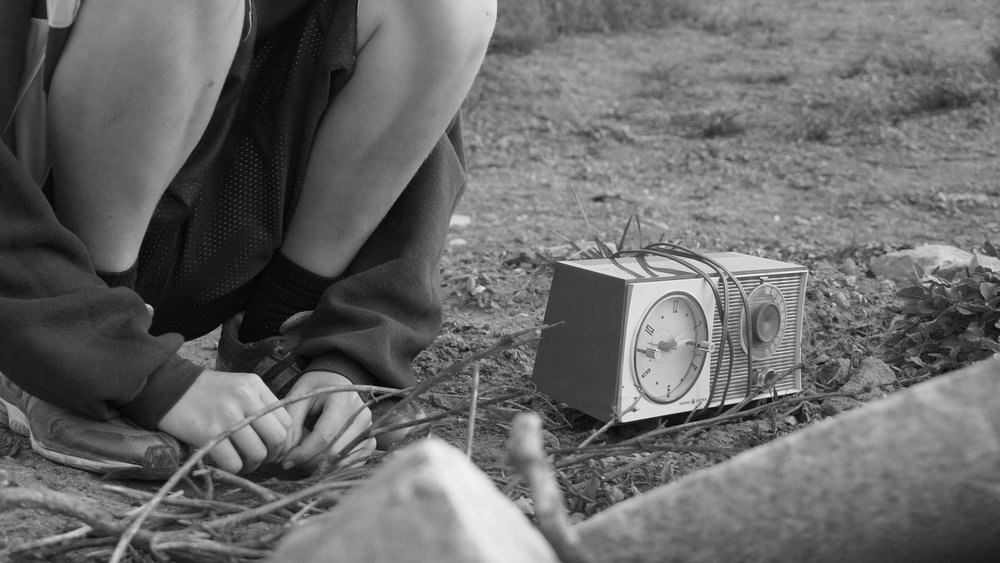Exposure and Choice
Paul Strand White Fence 1916
Let's ask some questions about this photo's exposure
- Where is the light coming from?
- Is it a cloudy or sunny day?
- Is this high or low contrast lighting?
- What is framed out of the image?
First, I'd like to explain why I picked an old photo from 1916: Not only do I love Paul Strand as well as other photography from that era, I also think it is good to visualize imagery in black and white when learning about exposure.
Question 1: Where is the light coming from? The direction of light is very important when thinking about proper exposure. Two of the biggest issues I see is students shooting video when the sun is either behind their subject or directly above their subject's head.
The first is problematic, because your camera's reflective meter will likely expose for the background--the light coming directly into the camera--and underexpose your subject in the foreground.
Subject is backlit and underexposed.
Subject is backlit, but exposed properly. The background is overexposed.
One way to beautifully compensate for backlighting- or uneven lighting in general is to use a reflector.
A gold reflector is used here, so the face is lit well and the backlight creates dimension on the right side of the subject's face.
Let's talk about the image of the fence again. The light is coming from behind and to the left of the photographer, exposing the fence well and causing the less reflective elements to become darker creating a striking effect. Part of that is because the sun appears to be close to the horizon, meaning it is either late afternoon or early morning.
The second issue that comes up repeatedly for students new to shooting. Light coming from directly above your subject is the least optimal. When is the light directly above your subject? Right around noon or the middle of the day.
It's best to not shoot at noon, but if you have to, consider using a reflector or shooting in indirect light.
It's best to not shoot at noon, but if you have to, consider using a reflector or shooting in indirect light.
Question 2: Is it a cloudy or sunny day? The image of the fence was taken on a sunny day which makes the lighting more contrasty. The interesting thing about that is when you expose for something reflective like the fence; you get a darker looking photo (not underexposed), something a little more like noir detective movies. That is called low-key lighting. (more on that later)
The other thing to note about shooting when there is high contrast lighting is that your film or digital camera will need more exposure latitude, without which you run more of a risk of having areas of either overexposure or underexposure.
Question 3Is this high or low contrast lighting? Well, I think I just answered this one. Lighting on a sunny day is high contrast while lighting on a cloudy day or in the shade is low contrast. Permit me to confuse you a bit more; lighting on a sunny day is considered low-key and lighting on a cloudy day is high-key. Yikes! I'll be spending more on that in the future!
Question 4 What is framed out of the image? Well obviously, the rest of the neighborhood, the city it was filmed in, and the rest of the world are all framed out of this photo. Let's face it, my indefinite question sort of calls for some smartassery in return. To me, the most important thing that is framed out of this image is the sky. Remember, unless you are going for some dramatic clouds etc. it is not essential to include the sky in an image like this. Furthermore, when a shot is so high contrast, you can run into exposure issues if the sky is in the frame.
A bright, sunny, day like this can lead to overexposure in the sky.









